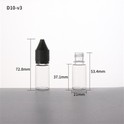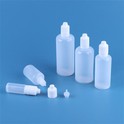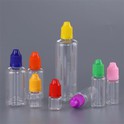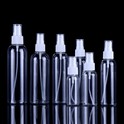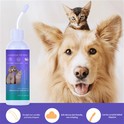Polyethylene Terephthalate is a thermoplastic polymer that can be either opaque or transparent, depending on the exact material composition. As with most plastics, PET is produced from petroleum hydrocarbons, through a reaction between ethylene glycol and terephthalic acid. The PET is polymerized to create long molecular chains, which allows it to produce PET bottles later on.
Polymerization itself can be a complicated process and accounts for many of the inconsistencies between one batch of manufactured PET and another. Typically, two kinds of impurities are produced during polymerization: diethylene glycol and acetaldehyde. Although diethylene glycol is generally not produced in high enough amounts to affect PET, acetaldehyde can not only be produced during polymerization but also during the bottle manufacturing process. A large amount of acetaldehyde in PET used for bottle manufacturing can give the beverage inside an odd taste.
Once the plastic itself has been manufactured, the PET bottle manufacturing process can begin. To ensure that the plastic is appropriate for use, numerous tests are done post-manufacturing to check that the bottles are impermeable by carbon dioxide (which is important for bottles that carry soda). Other factors, such as transparency, gloss, shatter resistance, thickness, and pressure resistance, are also carefully monitored.
For more information about PET, please see our polyester resins article.

